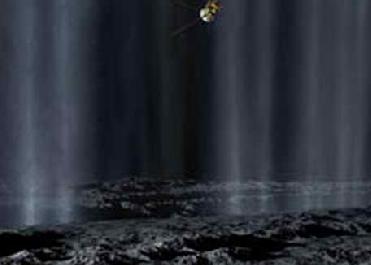
In this artist's concept, the Cassini spacecraft makes a close pass by Saturn's inner moon Enceladus to study plumes from geysers that erupt from giant fissures in the moon's southern polar region. Image copyright: Karl Kofoed
WASHINGTON (BNS): NASA�s Cassini spacecraft is looking to solve the mystery of geysers on Saturn�s moon Enceladus. Scientists conducting the study say that the geysers are visible as a large plume of water vapour and ice particles escaping the moon. �Inside the plume are jets of dust and gas. What causes and controls the jets is a mystery,� scientists said.
The study of the new Cassini findings has been published in the November 27 issue of the journal Nature. The study says that when Enceladus is farther away from Saturn the vents would compress, reducing or shutting off the jets.
They said they are probing the question of whether the jets originate from an underground source of liquid water. But, there are some theories that offer models where the jets could be caused by mechanisms that do not require liquid water, scientists said.
NASA said that what generates Enceladus' jets is a burning question in planetary science, because if liquid water is involved, Enceladus would be shown to have everything it needs, in theory, to provide a habitable environment.
According to the premier space agency a recent model offered the possibility that the jets could be violent bursts of volatile ices freshly exposed to space when Saturn's tidal forces opened vents inside the �tiger stripe� region of the moon�s south pole.
JPL scientist Candice Hansen of Cassini's ultraviolet imaging spectrograph team said that their observations did not agree with the predicted timing of the faults opening and closing due to tidal tension and compression. However, Hansen said that the new findings support the theory that the jets have a liquid water source inside Enceladus.
NASA said that Hansen and her team conducted experiments in 2005 and 2007 to observe starlight passing through Enceladus� plume. During this so-called �stellar occultation�, the spectrometer measured the water vapour content and density of the jets.
The experiment tested the prediction that a greater amount of material would be measured coming from open fissures in 2005, and less material in 2007 when the fissures would be closing, it said.
But the JPL scientist said that the opposite was found to be true. �The observations showed that the plume was almost two times as dense in 2007 as in 2005, contradicting the model that holds tidal squeezing is in control of the plumes. We don't rule it out entirely because of the different geometries of our two occultations, but we also definitely do not substantiate this hypothesis,� Hansen said.
Hansen said the new Cassini observations, however, do support a mathematical model developed in 2007, which treats the vents as nozzles that channel water vapour from a warm, probably liquid source, to the surface at supersonic speeds.
Meanwhile, the authors of the model theorise that only high temperatures close to the melting point of water ice could account for the large number of ice particles present in steady state in Enceladus' jets. �A liquid water source inside Enceladus could be similar to the Earth's Lake Vostok, beneath Antarctica, where liquid water exists beneath the ice. In Enceladus' case, the ice grains would then condense from the vapour escaping from the water source and stream through cracks in the ice crust to the surface and out into space,� they said.
Many more clues will tumble out on what causes and controls the jets, as Enceladus is the main target for Cassini to study in its extended Equinox Mission. �The presence of liquid water inside Enceladus would have major implications for future astro-biological studies on the possibility of life within icy bodies of the outer solar system,� NASA said.
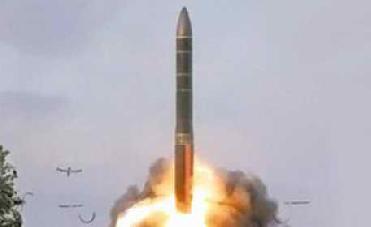 Previous Article
Previous Article
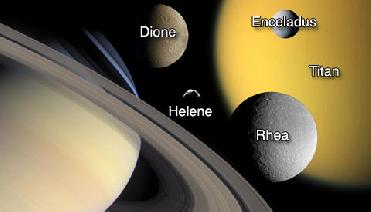
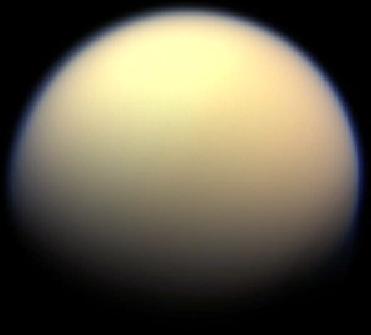
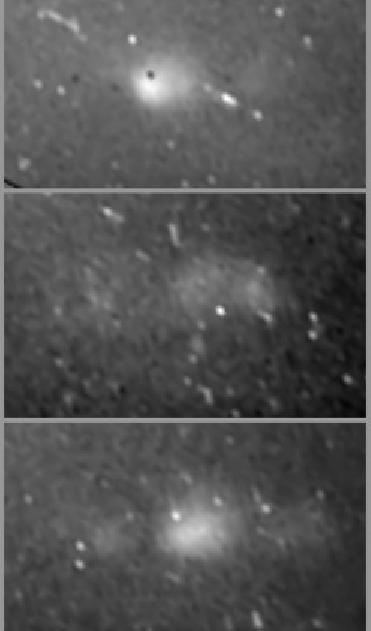










The Indian Air Force, in its flight trials evaluation report submitted before the Defence Ministry l..
view articleAn insight into the Medium Multi-Role Combat Aircraft competition...
view articleSky enthusiasts can now spot the International Space Station (ISS) commanded by Indian-American astr..
view article